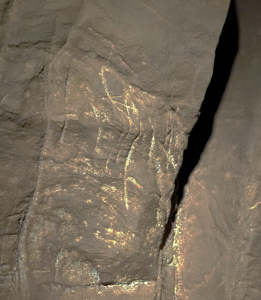
Next Week in Science, October 16, 2025
So here’s some cool news for the week. The discovery of KNM-ER 101000 in Kenya provides the first fossil hand and foot bones definitively linked to Paranthropus boisei, revealing that this species shared key features of dexterity and bipedalism with early Homo. The hand’s proportions indicate that P. boisei could perform human-like grips suitable for tool use, while its gorilla-like robustness suggests adaptations for both powerful grasping and food processing rather than fine manipulation.
Overall, these fossils show that P. boisei was likely capable of tool use and represent an important step in understanding the evolutionary divergence of Paranthropus and Homo in both diet and hand function.

And what’s in the news.

NASA has a wild plan to return astronauts to the moon. Here’s why experts are starting to worry
Summary: NASA’s plan to land astronauts on the moon by mid-2027 relies on SpaceX’s Starship, which is still in development and faces significant challenges. While the Artemis III mission aims to beat China’s planned moon landing by 2030, the complexity of the mission and technical uncertainties with Starship could delay NASA’s timeline.
Federal Court of Australia’s Decision: Pabai v Commonwealth—No Duty of Care to Protect From Climate Change
Summary: In the case Pabai v Commonwealth, the Federal Court of Australia ruled that the Australian government does not have a legal duty to protect Torres Strait Islanders from climate change, as such duties relate to core government policy decisions. This decision reflects ongoing difficulties in holding governments accountable for climate inaction under common law.
RFK Jr., Tylenol and circumcision–the lowdown
Summary: HHS Secretary Robert F. Kennedy Jr.’s claim linking circumcision to autism via Tylenol use is unsupported by the studies he cited, with one Danish study explicitly stating it lacked relevant data. Kennedy’s broader actions include replacing advisory board members with anti-vaccine activists and promoting unproven theories, contributing to the erosion of science-based medicine.
Are we really measuring obesity accurately?
Recent discussions highlight the inadequacy of BMI as a health measure, citing its lack of consideration for factors like age and sex. Experts argue for alternatives to BMI, such as waist-to-hip ratios, which could improve accuracy in diagnosing obesity and related health risks.



